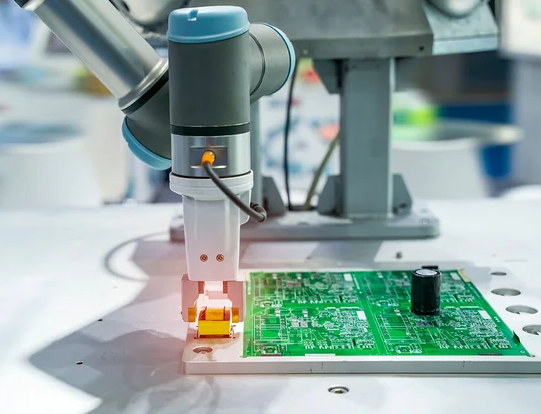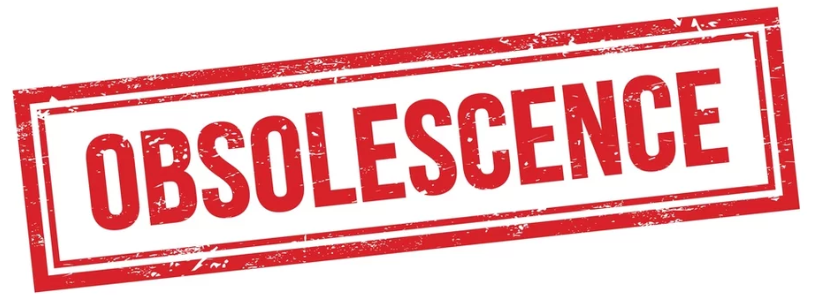OUTLINE:
Managing Obsolescence: Mitigating Risks and Maintaining Efficiency
 280
280
In today's rapidly evolving technological landscape, obsolescence management has become a crucial process for organizations that rely on complex systems or products. The end-of-life of products, technologies, and components can cause a variety of issues, including increased risks, costs, reduced performance, and competitiveness. In this context, effective obsolescence management strategies are critical for businesses to continue operating effectively and efficiently, despite any challenges related to obsolescence.
Obsolescence management is the process of proactively identifying and mitigating the risks associated with the obsolescence, or the end-of-life, of products, technologies, and components used in a particular system or product. The goal of obsolescence management is to ensure that a system or product can continue to operate effectively and efficiently, despite any obsolescence-related challenges.
ISSUES CAUSED BY PARTS OBSOLESCENCE
Parts obsolescence can cause a variety of issues for organizations that rely on complex systems or products.
- Increased risks: As components and technologies become obsolete, organizations may struggle to find replacement parts, which can increase the risk of system failures, downtime, and safety issues.
- Increased costs: When replacement parts become scarce, they often become more expensive, which can drive up the cost of maintaining and repairing systems or products.

- Reduced performance: When organizations are forced to use alternate components or technologies to replace obsolete parts, the performance of their systems or products may be compromised, which can lead to reduced efficiency, productivity, and effectiveness.
- Reduced competitiveness: If an organization's products or systems become outdated due to parts obsolescence, they may become less competitive in the marketplace, which can limit growth and profitability.
Obsolescence management is an important process for organizations that rely on complex systems or products to ensure that they can continue to operate effectively and efficiently, even as components and technologies become obsolete over time.

WHY OBSOLESCENCE MANAGEMENT IS A MUST
Obsolescence management has become a must for many industries due to the increasing pace of technological advancement and innovation. As new technologies are introduced, older technologies become outdated and eventually obsolete. This can lead to significant challenges for companies that rely on electronic components and systems to produce their products.
Electronic component obsolescence can result in supply chain disruptions, increased costs, and reduced product quality. When a component becomes obsolete, it can be difficult or impossible to find a replacement, which can cause production delays or even halt production entirely. This can lead to lost revenue and damage to a company's reputation.
In addition to the direct costs of obsolescence, companies also need to consider the indirect costs, such as the need to redesign products or systems to accommodate new components. This can be time-consuming and expensive, and may result in delays in bringing products to market.
Effective obsolescence management can help companies mitigate these risks and minimize the impact of obsolescence on their operations. By proactively identifying components that are likely to become obsolete and planning for their replacement, companies can ensure a reliable supply chain and reduce the risk of production delays or interruptions.

SOLUTIONS FOR DEALING WITH ELECTRONIC COMPONENT OBSOLESCENCE
Designing products with individual drop-in replacement components is a popular proactive solution that can save a product's long-term production. By having potential replacements for parts that are most likely to become obsolete, disruptions in the supply chain can be overcome quickly. However, sourcing multiple drop-in replacement components can be time-consuming and slow down the time it takes to get a product to market. Finding a supplier who can provide drop-in replacements ahead of time can help to ease any supply chain issues.
Another proactive solution is making lifetime buys. Lifetime buying agreements are long-term stocking strategies that can be used by OEMs and EMS providers to circumvent availability issues when faced with the threat of obsolescence. However, lifetime buys can be perceived as more costly because a buyer has to secure the entire supply of a component at the time of the agreement. This can add additional procurement, inventory, and surplus costs.
When an electronic component becomes obsolete, taking advantage of last time buys can help secure a newly obsoleted component before it becomes hard to find. However, this option only works if the last time buy and ship dates are far enough out to place an order, which is not always the case. Another re-active option is to cross-reference opportunities. Most common electronic components often have a viable alternate manufacturer or part number substitute; crossing can help identify those types of opportunities.
Redesigning the end product is a re-active option, but it can be expensive and time-consuming. Another option is to source from the open market. However, this can be more challenging due to the risk of procuring counterfeit or defective components. Buyers should look at using certified distributors who have the testing capabilities to mitigate these risks.


Disclaimer: The views and opinions expressed by individual authors or forum participants on this website do not represent the views and opinions of Chipsmall, nor do they represent Chipsmall's official policy.

share this blog to:

